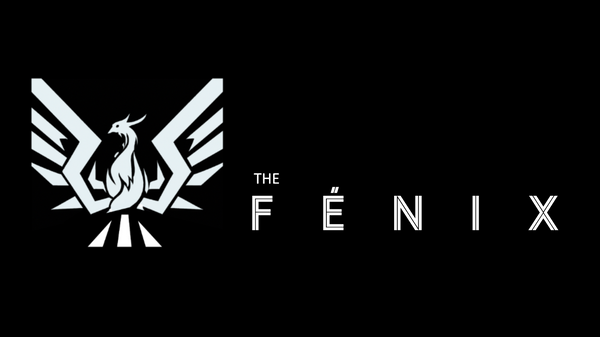In The Karate Kid, Daniel-san was annoyed and perplexed when his teacher, Mr. Miyagi, had him waxing an automobile when he expected to learn how to defend himself. Wax on wax off. Is this just a good way to protect the appearance of an automobile? Or is there more to it?
As those of us who remember 80s movies know, in the end, this waxing was not only about automotive maintenance. It also developed the very movement pattern that Daniel-san would later use to defend himself. But, couldn’t Mr. Miyagi, indeed, shouldn’t he, have just taught the movement along with the read-and-react skill needed to effectively use it in a fight all at once? Why separate the two?

This one is not quite Ralph Maccio, but you get the idea. Also, which is your favorite 80s-movie car waxing scene? Daniel-san learning blocking technique via automotive maintenance or Biff Tannen (Back To The Future) trying to get away with only one coat of wax instead of two? Comment below.
A Background Principle
One principle of training is about attention and focus. If we want to create a good habit or change a bad one, we may need to actively limit the scope of what an athlete is paying attention to while they work at it. An athlete will not be able to direct their movement pattern toward the intended good habit if they have their mind elsewhere. In that case, the control of the movement with respect to the scope of the habit in question will be handled by the automatic (unconscious) system.
In the case where no guiding habit is in place, the automatic system will come up with something for the portion of the movement in question for that rep and what it comes up with may or may not be any good. If there is a bad habit in place, well that bad habit is exactly what the automatic system will use to control that portion of the movement. Therefore, we’ll reinforce the bad habit.

Many can relate to a golf lesson as a place where it takes narrow focus (on just one or two things) to get things right.
So, we should care about the scope of what the athlete is being asked to pay attention to in training.
Let’s return to Daniel-san for an example. If used in a real fight, there are two top-level components to the task of blocking an attack. One is the physical technique. The other is to use that technique at the right location and at the right time. Wax on wax off only addresses the physical technique. Knowing when and where to use it, on the other hand, is a “perceptual” task. This means it is about using your senses to arrive at a decision.
Is a punch or a kick coming at me from this angle and toward my chest? Then I need to block soon and in the right location. Is it coming from another angle and at my head? This requires a block in a different location. Is this punch really coming or is it a fake to set up a later punch or kick? This would seemingly require something different.
What does it look like when any of these attacks are coming in? My karate experience is very limited, so I am in no position to describe how it would look. But, the question was rhetorical anyway, because the answer to that question, built into some sort of automatic response program, is the essence of the perceptual side of the blocking task.

Learning to block or dodge can be painful in a real fight. Maybe VR is the way to learn how incoming attacks look and what sort of blocking motion would best deal with it.
So, I ask, do we want to have Daniel-san focused on learning all the intricacies of what it would look like when dealing with incoming attacks from an opponent while at the same time trying to get really good technique for the movement-skill side of the task?
There are actually some arguments that one should do the “fully integrated” task in training even fairly early on in the learning process, so I am not going for an all-or-nothing answer here. But, I have tried to make the case above that separating the skill is the right approach in a lot of training situations.

Using Slip Under Devices
Let’s bring it back to hockey now. In the previous blog post I once again advocated for the idea that obstacle courses are fun and reliably get people’s attention. The further claim is that those two effects are the answer to why we are seeing a trend of slip-under-device use on the ice in skills programs and clinics. But, there are concerns about this trend. What about “game applicability”?
The idea behind game applicability as a criticism of slip-under-device-centric hockey development is as follows: Sure, skaters are asked to do hard things that involve combinations of skating and puckhandling, but none of it looks like the game of hockey. In these icetimes, players jump over stationary things and loop back around to the same areas of the ice all while controlling the puck for a long stretch instead of the usual two seconds of puck-touch time per touch for players in games at the high levels of hockey. “Sure, they are developing skills, but wouldn’t it be better if it was game applicable?”
Let me start a reply to that idea by pointing out that this demands a very aggressive version of the idea of “game applicability”. I think that it would be better to describe this aggressive standard as “direct game applicability”. This demands that the exact movement pattern of a drill could happen in a game and definitely closely resembles ones that do commonly happen in games.
And let me finish that reply by asking what Mr. Miyagi would say to direct game applicability. Is waxing a car “directly fight applicable”? No. But it allows progress on the technique of blocking. And that is the case here. With slip-under-device-based practices, we can not only work on movements that will pay off in games, but we can push the pace and complexity of those tasks in ways that are normally hard for a coach to control for while giving skaters a fun experience that gets their attention while they do it!
We don’t have to fully integrate the perceptual and movement aspects of a task at all times or restrict ourselves to sequences of movements that we see in games to best serve our skaters. In fact, a balanced approach that, at times, isolates aspects of these game-relevant tasks to work on them separately is likely necessary to provide them with the best training!

